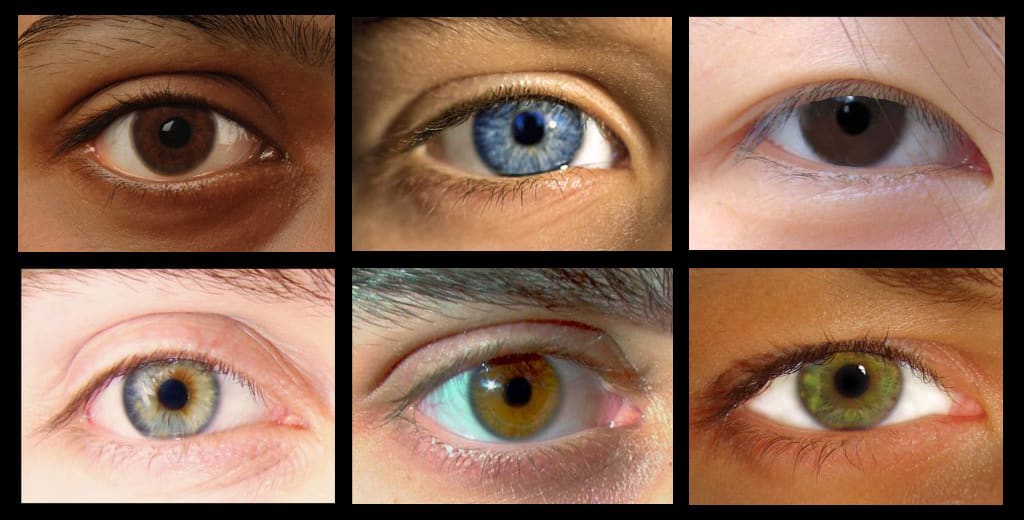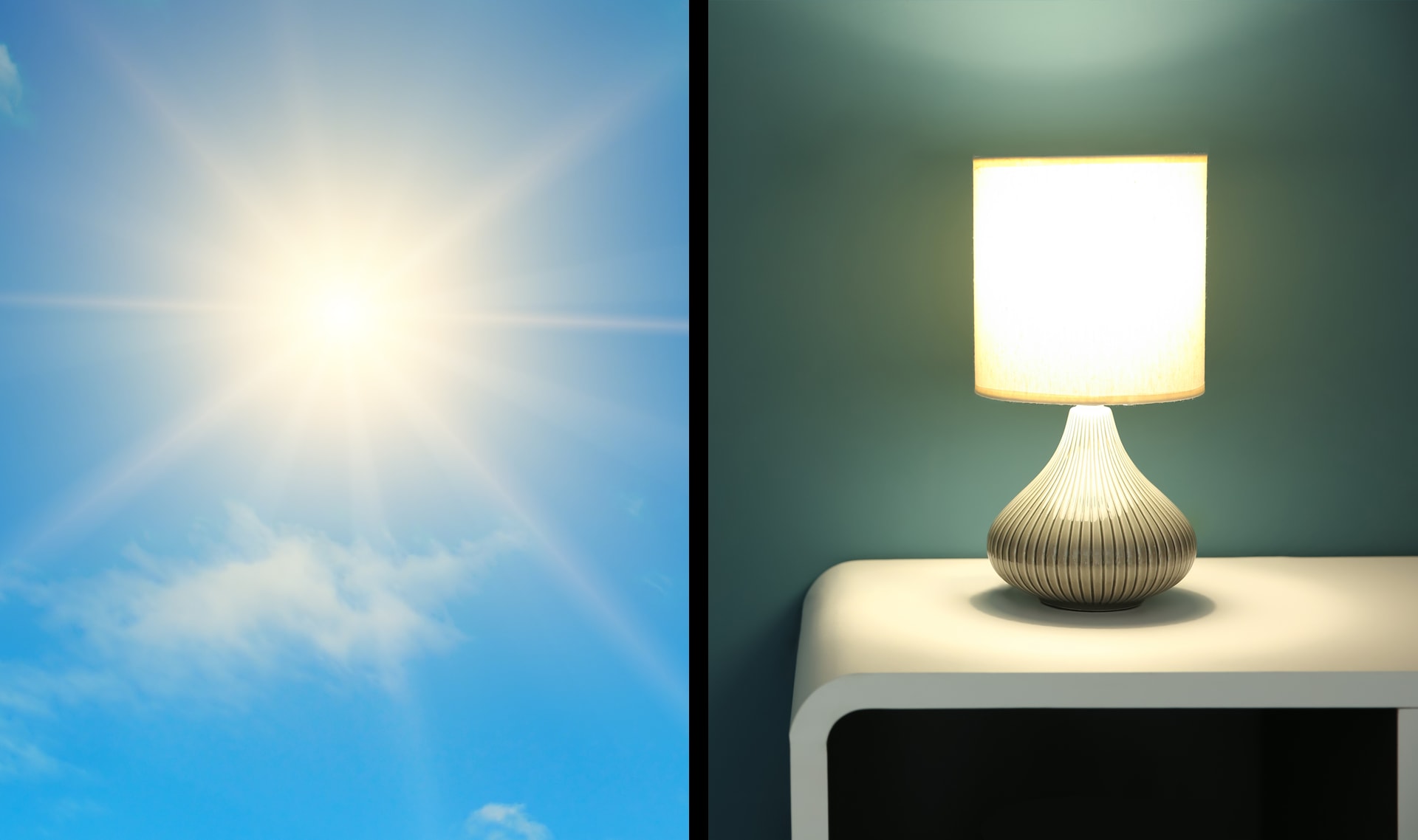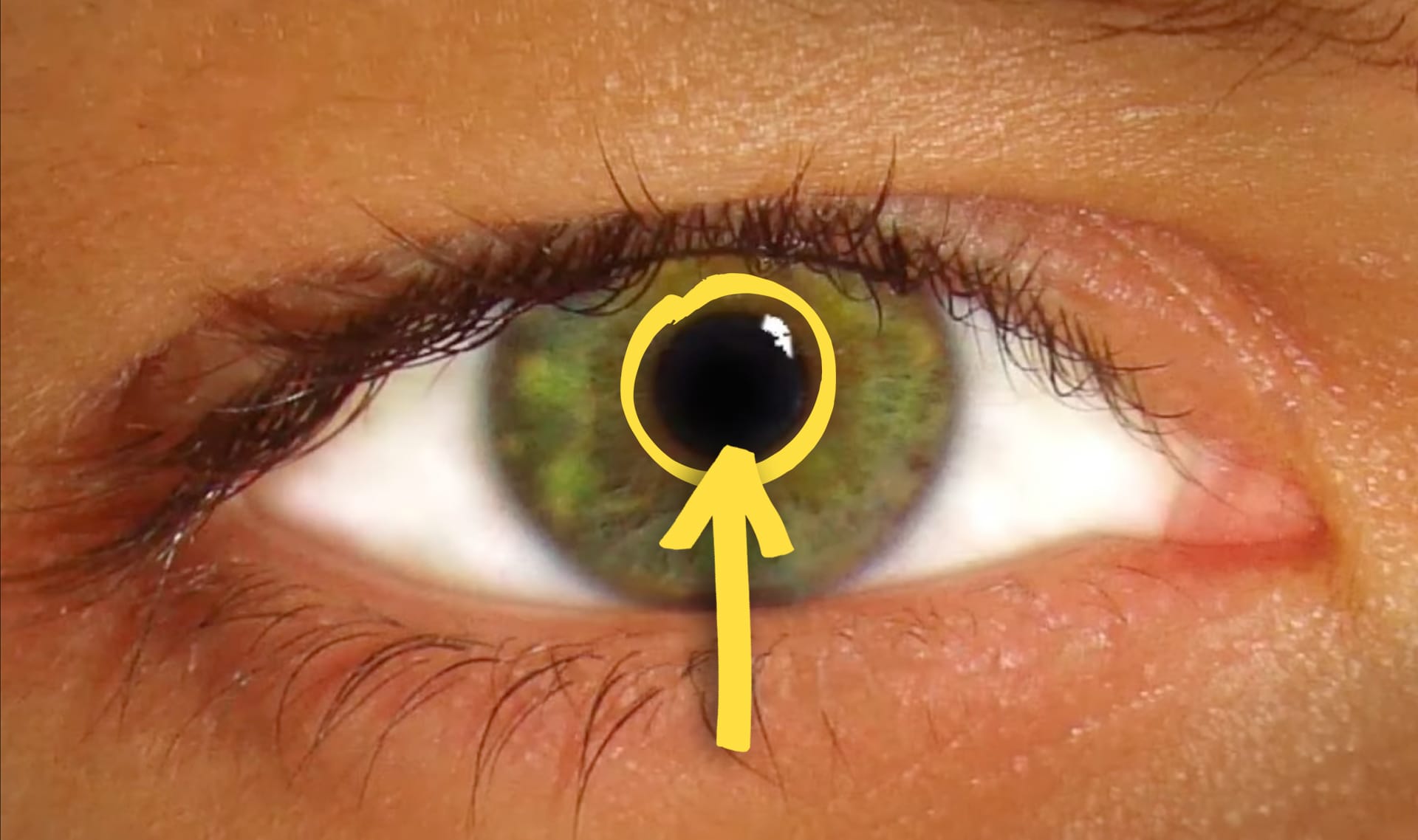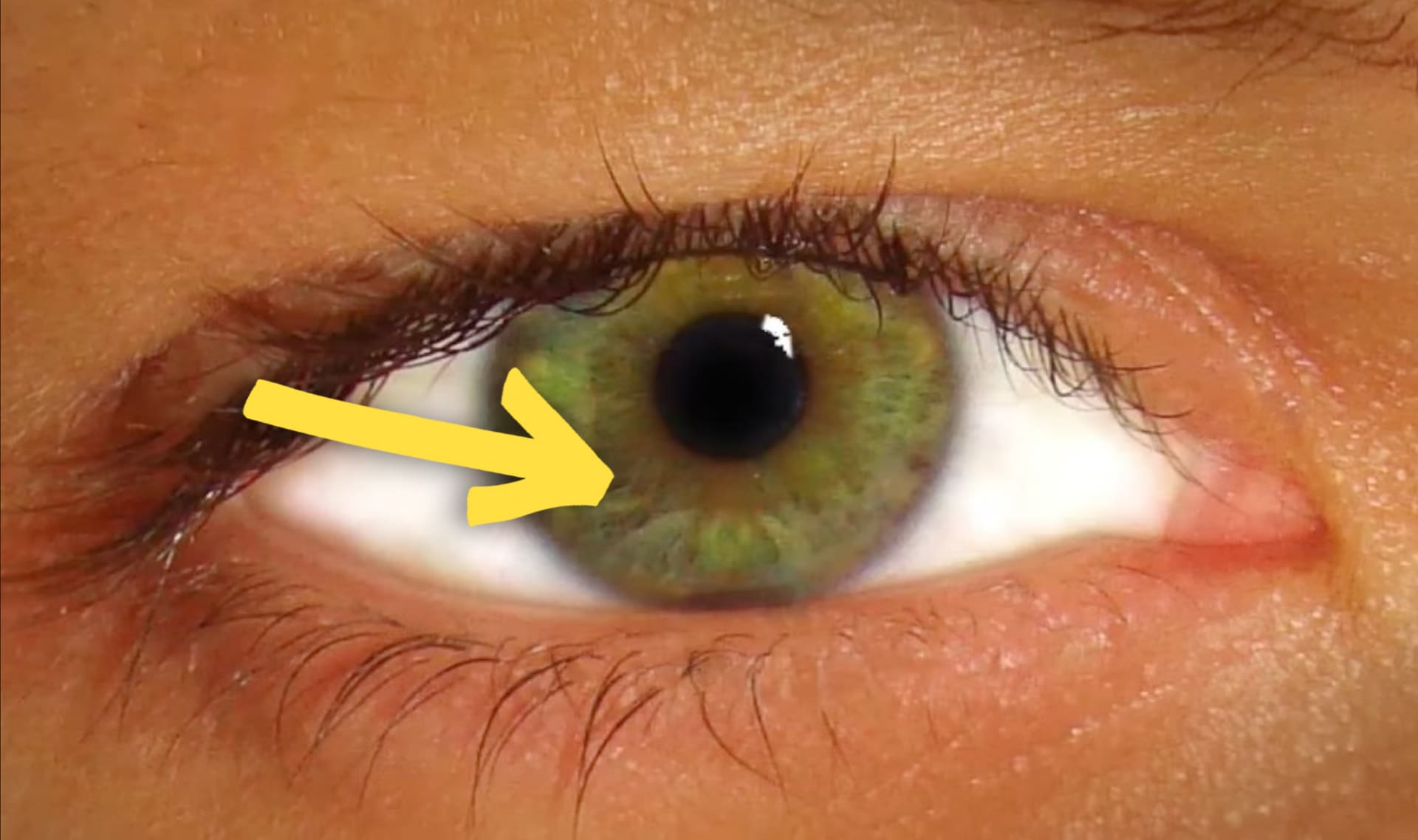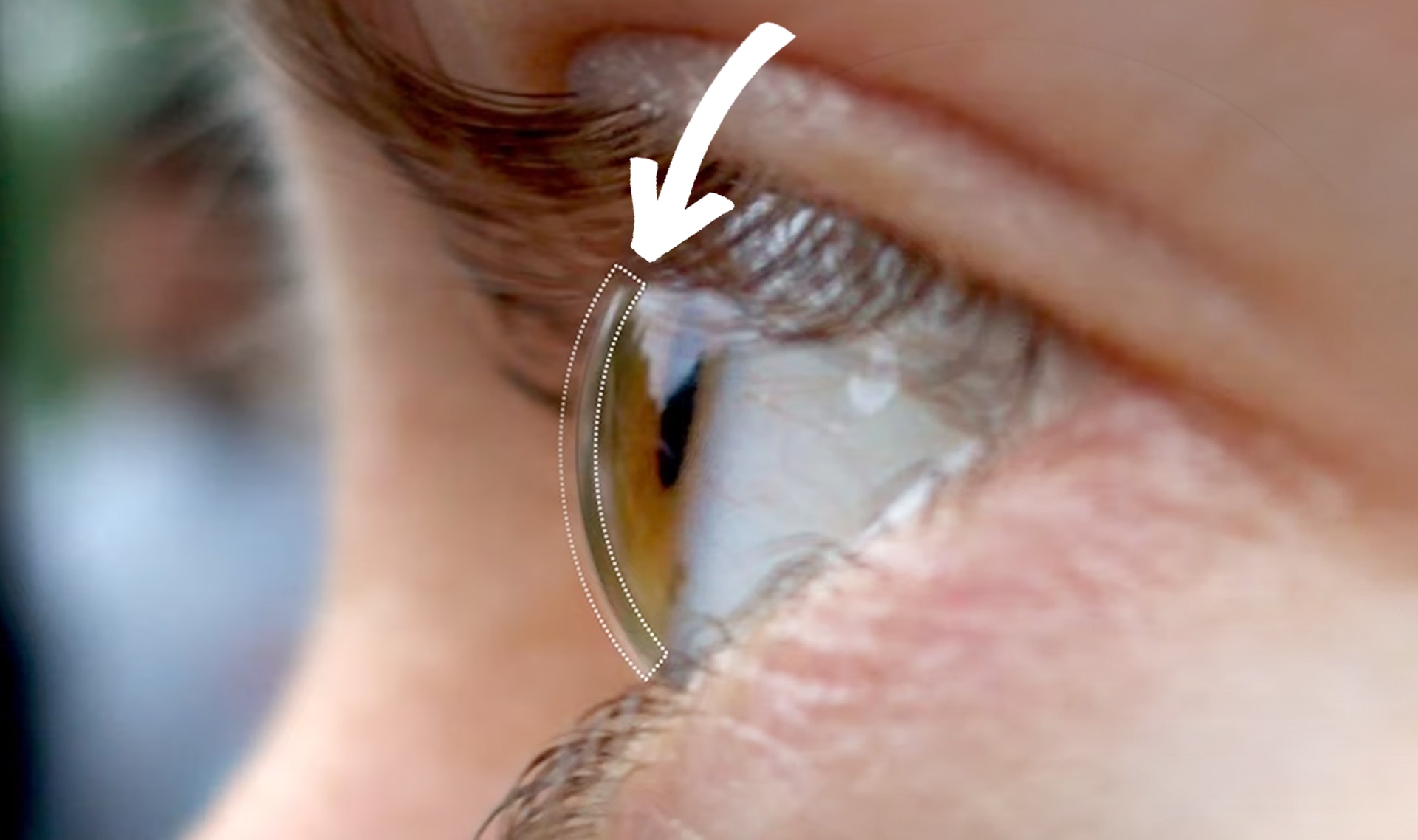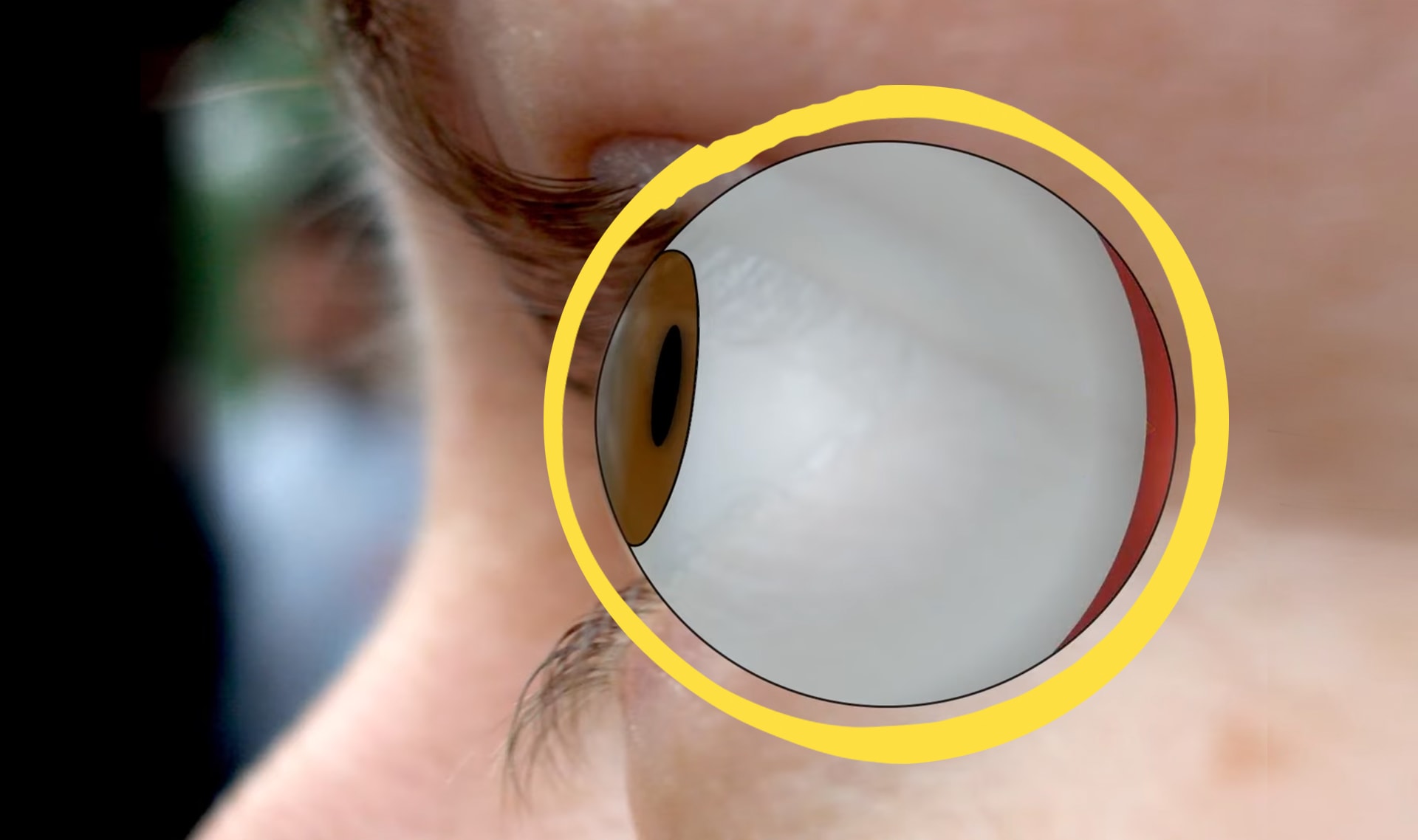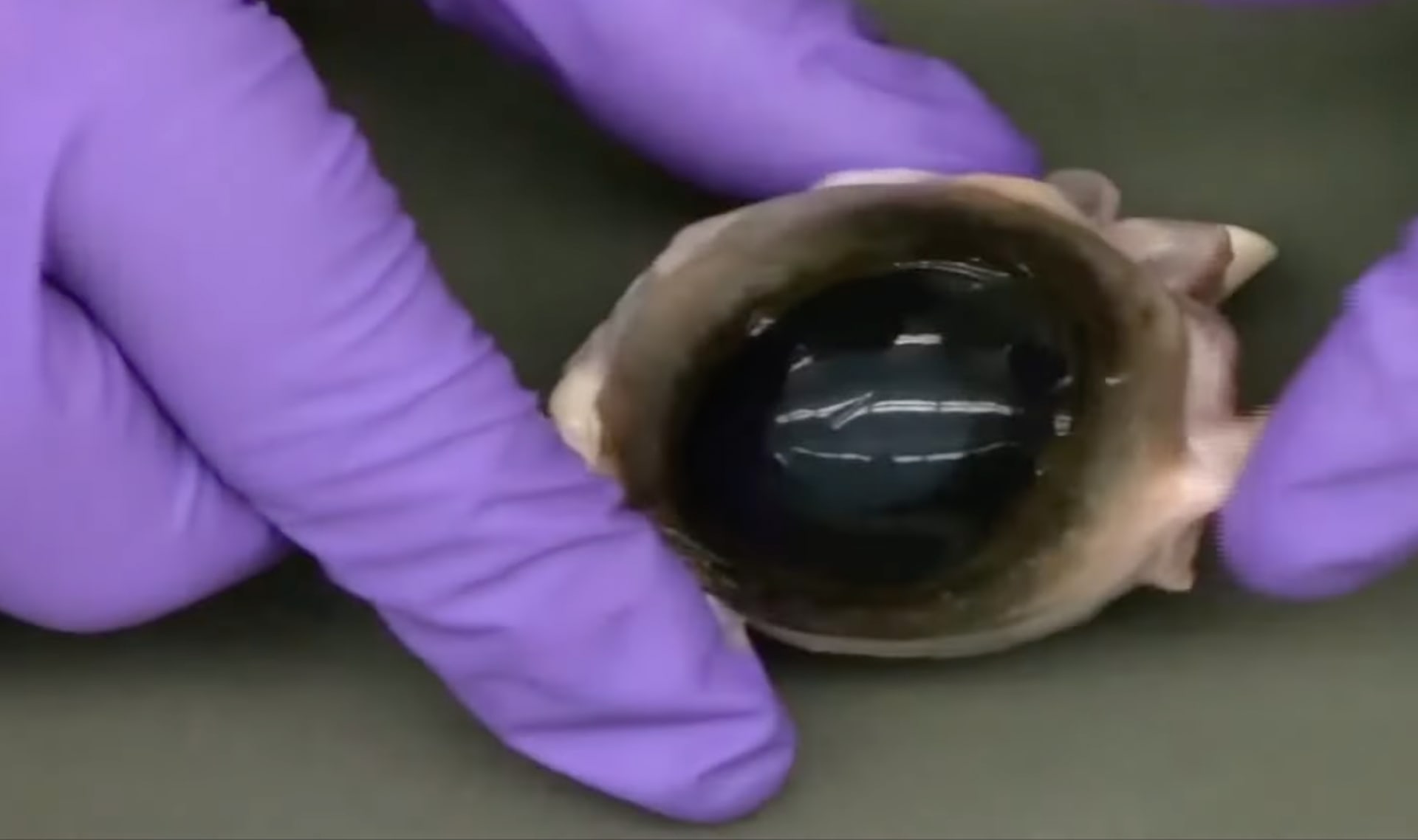Featured Reviews
·
Cherie
·
Teacher
· over 4 years ago
·
Nicole
·
Teacher
· about 5 years ago
·
Jenny
·
Teacher
· about 5 years ago
·
Patty
·
Teacher
· about 5 years ago
·
Robert
·
Teacher
· about 5 years ago
·
Kelsey
·
Teacher
· over 5 years ago
·
Crystal
·
Teacher
· over 5 years ago
·
Carolyn
·
Teacher
· over 5 years ago
·
Saleena
·
Homeschooler
· over 5 years ago
·
LaDeana
·
Admin
· over 5 years ago
·
Terry
·
Teacher
· about 6 years ago
·
Andrew
·
Teacher
· almost 7 years ago
·
Autumn
·
Teacher
· about 7 years ago
·
Barbara
·
Teacher
· about 7 years ago
·
Jodi
·
Teacher
· over 7 years ago
·
Nina
·
Teacher
· over 7 years ago
·
·
Homeschooler
· over 7 years ago
·
·
Teacher
· over 7 years ago
·
Giulia
·
Homeschooler
· over 7 years ago
·
Megan
·
Teacher
· over 7 years ago
·
Catherine
·
Teacher
· over 7 years ago
·
Susanna
·
Homeschooler
· over 7 years ago
·
Jordyn
·
Teacher
· over 7 years ago
·
Leonard
·
Homeschooler
· over 7 years ago
·
Cindy
·
Homeschooler
· over 7 years ago
·
Marla
·
Teacher
· over 7 years ago
·
Mary
·
Teacher
· over 7 years ago
·
Amy
·
Teacher
· over 7 years ago
·
Laura
·
Teacher
· over 7 years ago
·
Simone
·
Homeschooler
· over 7 years ago
·
Holly
·
Teacher
· almost 8 years ago
·
Jiovanna
·
Teacher
· almost 8 years ago
·
Winnie
·
Teacher
· almost 8 years ago
·
Bonny
·
Teacher
· almost 8 years ago
·
David
·
Teacher
· almost 8 years ago
·
Dave
·
Teacher
· almost 8 years ago
·
Kendall
·
Teacher
· almost 8 years ago
·
·
Teacher
· almost 8 years ago
·
Shane
·
Teacher
· almost 8 years ago
·
Melissa
·
Homeschooler
· almost 8 years ago
·
Amy
·
Teacher
· almost 8 years ago
·
Kara
·
Teacher
· almost 8 years ago
·
Beth
·
Teacher
· almost 8 years ago
·
Jenn
·
Teacher
· almost 8 years ago
·
Kirstie
·
Teacher
· almost 8 years ago
·
Josie
·
Homeschooler
· almost 8 years ago
·
Julie
·
Teacher
· almost 8 years ago
·
Natasha
·
Homeschooler
· almost 8 years ago
·
·
Teacher
· almost 8 years ago
·
Joanne
·
Homeschooler
· almost 8 years ago
·
Angela
·
Teacher
· almost 8 years ago
·
Roberta
·
Teacher
· almost 8 years ago
·
Jessica
·
Teacher
· almost 8 years ago
·
Sara
·
Teacher
· almost 8 years ago
·
Johanna
·
Teacher
· almost 8 years ago
·
Jack
·
Homeschooler
· almost 8 years ago
·
JenP
·
Homeschooler
· about 8 years ago



